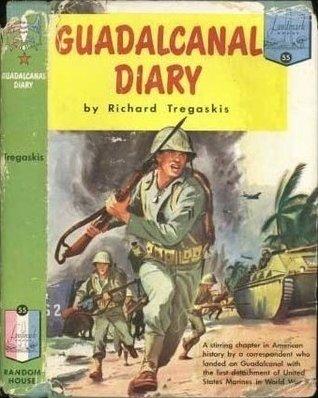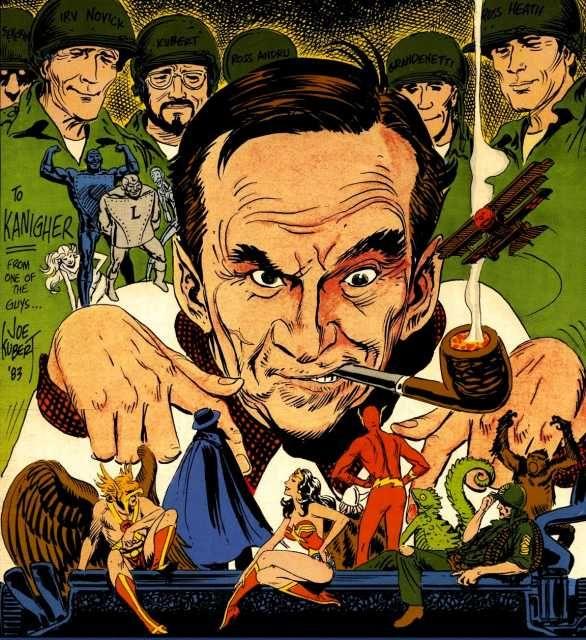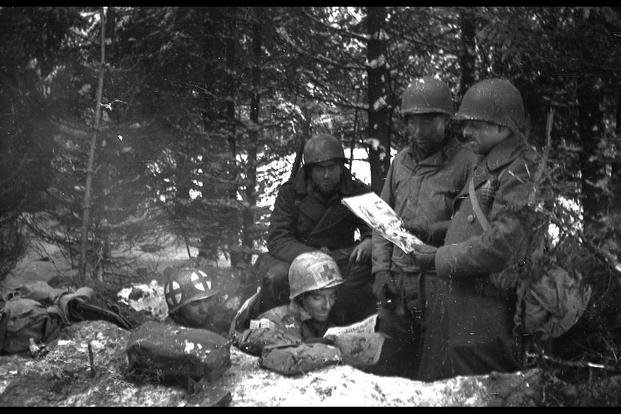It was June of 1938 when the world first got their hands on Action Comics #1. This new, featured character, Superman, embodied all that was good about the United States. He fought for truth, justice, and the American way. For a whole ten cents, kids could get their own issue, read fantastic stories, and escape from the harsh realities of the Great Depression. But comics found a secondary audience — young adults who were also looking for an fantastical escape from the bleak world around them.
Comic sales suffered alongside the economy at large. Kids simply couldn't fork over ten cents every week and the entire industry was almost kneecapped before it could became the multi-billion dollar business it is today.
Everything changed on December 20, 1940 (cover-dated for March, 1941) — an entire year before the attack on Pearl Harbor — when another superhero, named Captain America, hit the shelves. He donned star-spangled colors, and the very first public-facing image of Cap featured him delivering a swift punch directly to Hitler's jaw.
Sales rose into the millions — but not because of kiddies with spare dimes. The audience that bought en masse was, unsurprisingly, the very demographic that wanted to knock Hitler out themselves: the 24-year-old men being shipped off to war.
Despite comic books' reputation of being pulpy kids' fiction, troops, at the time, became the primary consumers. Comics were the perfect rucksack stuffer. They were small, easy to fold or roll, and could be fit into anything. You could read it once, share it around, and then enjoy it again when it circled back around. If they got damaged or destroyed, it was fine because it only cost ten cents.
The heroic stories within took troops' minds temporarily off of the war in front of them. Comic books had mastered escapist fantasy during the Great Depression — and that came in handy among troops fighting in WWII.
Lucky troops could find the newest issues of their favorite series around Europe — most often when in England, before heading back into the fray. But troops would also often request comics in care packages from back home.

It wasn't just the stories of Superman and Batman fighting the good fight back home that connected with the troops. In fact, Captain America was a super-soldier fighting in the same war as the audience for the same reasons against the same enemy.
But the superheroes we love today didn't steal the show. Non-fiction series stood above them during that era.
In these comics, the characters had no superhuman powers. They weren't fighting some devious, otherworldly villain. These comics featured real stories told by the troops who were fighting. It wasn't uncommon for GIs in Europe to enjoy the comics about actions in the Pacific Theater, like Guadalcanal Diary, or for island-hopping Marines to read about the U.S. soldiers in France, in comics like USA Is Ready.

The troops' love of comic books continued well after many made the transition back into civilian life. From then on, the lion's share of the comic book marketplace featured more mature themes, like crime, supernatural horror, and war — things that returning veterans would enjoy.
This came into direct conflict with a narrative that insisted comic books were for kids.
The Comics Code Authority went into effect in 1954, censoring all the "foul" stuff veterans came to love. Comic sales plummeted. This should have been the final nail in the coffin for the medium — but it wasn't, not by a long shot.
World War II veterans who had read and loved all the stories during wartime elbowed their way into the industry, giving rise to the Silver Age of comic books. Stan Lee, Jack Kirby, Syd Shore, Alice Marble, Curt Swan, and Bob Kanigher all served their country in the second World War. Together, they brought comic books back into the spotlight, steering them to the bright future they enjoy today.

MORE POSTS FROM WE ARE THE MIGHTY:
This is one of the greatest power moves in military history
Why the Certificate of Appreciation is a slap in the face to troops
Why taking a swing at the drill sergeant is a horrible, stupid idea
We Are The Mighty (WATM) celebrates service with stories that inspire. WATM is made in Hollywood by veterans. It's military life presented like never before. Check it out at We Are the Mighty.




